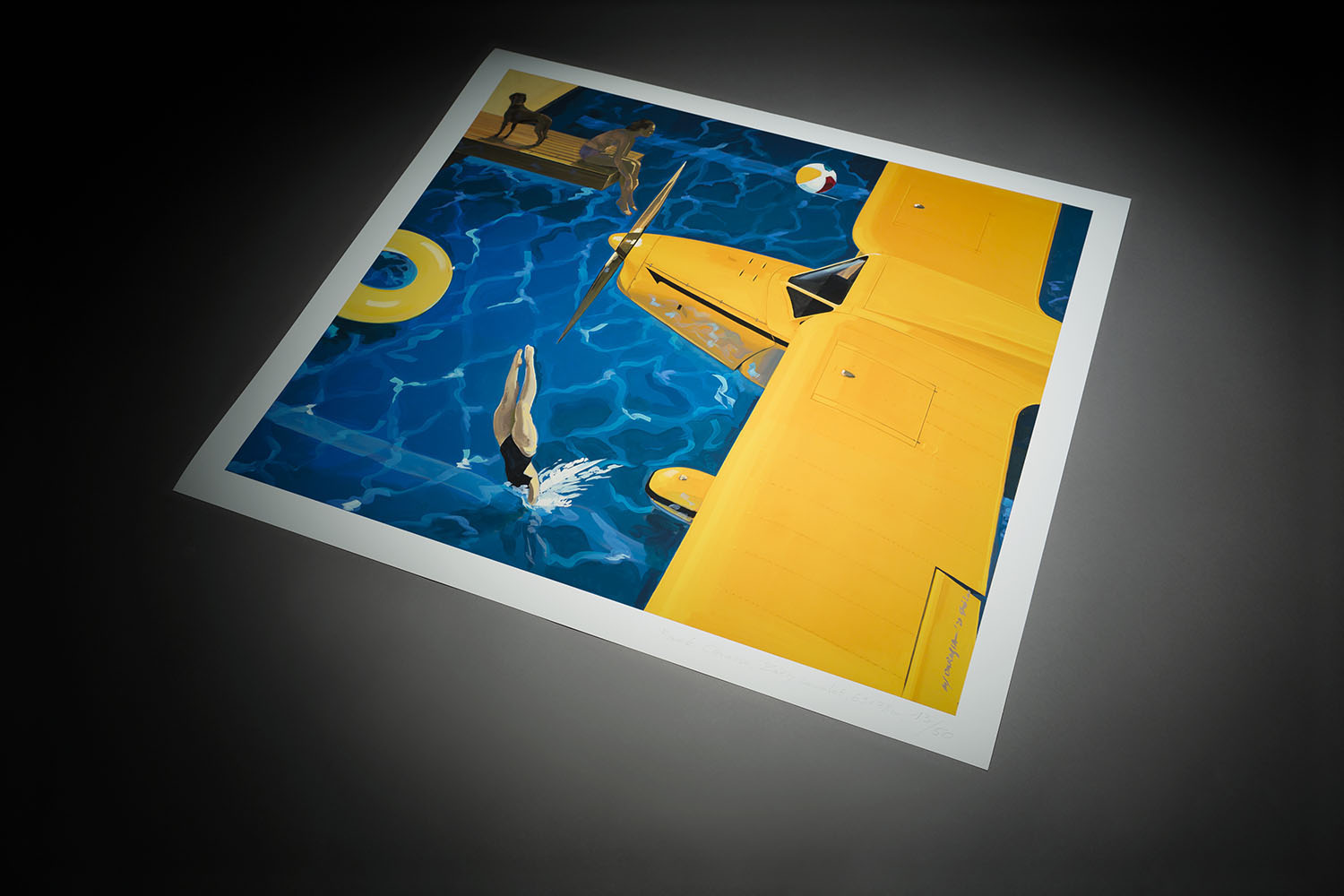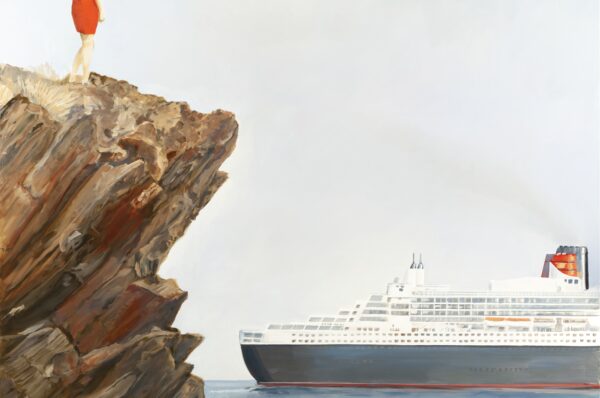
How to clearly determine whether a graphic print is original?
Here is an excerpt from the letter of the Print Council of America (527 Madison Avenue Room 414 New York 22 NY) to the National Museum in Warsaw from July 1963:
In the absence of a generally recognized definition of the term “original” with regard to art prints, it was necessary to adopt the Council standard for establishing an original print. An original print is a graphic work that meets the following conditions:
1. The artist must make the drawing (printing form) himself on a plate, stone, block or other material used in the graphic creation.
2. The print is made directly from the original form, by the artist or under their supervision.
3. The completed print is approved (signed) by the artist.
Based on the book: ‘Handbook of artistic graphic methods’, Andrzej Jurkiewicz, Arkady Publishing House, Warsaw 1975
In other words, the following formulation could be adopted to identify an original print:
Firstly, the graphic form must be made (drawn) by the artist themselves.
Secondly, the prints (the entire circulation) must also be produced by the artist themselves or under their close supervision. Next, the artist must sign a proof copy. Each final print must have a serial number, information about the amount in circulation, the artist’s signature, title, and date of printing. Any print made outside of the official circulation, like an author’s print, must be marked as “proof print” on the right side and the author’s signature on the left side.
And finally, all prints should be identical, so that they have the same collector value, and the circulation should be printed on good, wood-free paper.
Header illustration: Adam Pękalski, Interceptor, inkography 30×47 cm


